In honor of the United States of America's very important midterm elections, we've attempted to create a document that can serve as a guide to future Wing Commander storytellers, one that tells us just about everything we can possibly know about the politics of the Terran Confederation. Note that this is a first draft which will be expanded as more references are discovered! Find one we missed? Add it in the comments for the next revision! A cited version of the document is available here. Want even more Confederation government lore? Tune in to an informal livestream tonight at around 7 PM Eastern to see LOAF and Dundradal talk through this document and the historical parallels involved in the Confederation's backstory! (A link will be provided in the comments when the stream is live.)
We Create Worlds... Piecemeal!
One of the most interesting (and perhaps least useful) pursuits of fandom is the ability to create a larger whole from many smaller references that were never crafted with any sort of intentionality. To map out the membership of Star Trek's Federation or to catalog the thousand year pre-history of Star Wars' Republic. Fans do this by scouring a million sources and collecting all the small pieces that may have been necessary for an individual scene or to speak to a particular character motivation... and then fitting them together into a canon. Case in point: Wing Commander is not about the political workings of the Confederation. The average Wing Commander fan would be hard pressed to name a single Confederation President or to know how long the term for a Master of the Great Assembly is. The original Wing Commander didn't even intend to have you serve a democratic Confederation! Wing Commander is a game about space battles and we glimpse only brief shadows of the the world we are defending from the Kilrathi. The occasional story will visit the senate to see the larger movements of the war or it will introduce a court martial and in the process explain more of the court system... and so on. The overall result: a huge, elaborate world made from parts!
Foundations
The Terran Confederation is the largest union of planetary governments in known space. The Confederation was originally founded in the late 26th century, borne largely of the exploration and colonization boom that followed the development of the Akwende Drive. When the Confederation was first established, humanity believed there were no significant extraterrestrial threats and the union was intended to regulate commerce and provide for the common defense of a loose affiliation of human planets, colonies and star systems. As humanity came to encounter additional starfaring races, the Confederation was adapted to establish interspecies treaties and alliances and offer membership to non-human states. The Confederation's overarching military has always been a major aspect of the union, initially established for resolving internal disputes and then greatly expanded to fight a series of wars against hostile states. The Confederation is considered to be the latest in a lineage of attempts to create an overarching human government dating back to the United Nations which first settled the Sol System through the 24th century and the World Economic Consortium which broke up violently before the Confederation's founding. The Confederation makes use of military resources, facilities and traditions that date back well before its founding, including the Space Naval Academy at Hilthros which dates to the 25th century. Confederation citizens pay taxes which maintain the government's infrastructure. Taxes increased significantly to fund the war against the Kilrathi. The currency of the Confederation is referred to as credits, Confederation Dollars or dols.
While it is not the only human government it is far and away the largest both in terms of population and geographical area.
Member states are signatories of the Articles of Confederation, the founding document which sets forth the structure of the government and assures specific rights to the citizenry. The articles are also referred to as the “Confederation Charter” or, in more common usage the constitution. Article Nine prohibits the punishment of Terran Confederation citizens without due process. Members of the Confederation otherwise retain their autonomous local governments. The founding of the Terran Confederation is celebrated annually on August 23rd, known as Confederation Day.
Inhabitants of colonies established by member states are considered to be Confederation citizens. The 2673 formation of the Union of Border Worlds triggered a constitutional crisis. The Union was made up of colony worlds established by the Terran Confederation during the tumultuous lead up to the Kilrathi Wars. These territories argued that they had not signed the Articles of Confederation and so were sovereign nations. Opponents argued that they were considered de facto members because they grew out of existing signatory worlds and because they were fully integrated into the Confederation’s governmental apparatus, including social services and the military. While the situation was ultimately resolved, the constitutional nature of the crisis was not directly addressed. The Union worlds were allowed to leave the Confederation peaceably, largely because support for a proposed declaration of war became politically untenable in the wake of Admiral Sir Geoffrey Tolwyn’s treason.
The Confederation is a representative democracy with an elected executive and a legislature made up of representatives from member states. In 2634, a political alliance called the Peace and Prosperity Coalition came to winning a majority in the Assembly. The coalition, which was lead by Senator Jamison More, favored reducing the military in favor of spending for social programs. This movement was interrupted by the Kilrathi Confederation Day attack. After the 2668 resignation of President Rodham and the devastation of the Kilrathi invasion of the inner worlds, the government reformed as a coalition of all the major parties that focused largely on building defenses instead of taking the war to the Kilrathi. As of 2681, the Confederation’s major political parties were the Federationist and Populist parties. The Federationist party tends to argue for a strong central government while Populists favor increased autonomy for member states. Elections are held on August 30th.
The symbol of the Terran Confederation is a stylized jump flash encircled by four equal arches. A number of different flags were used during the Kilrathi War. In 2655, the delegation to Firekka flew a blue flag with two blue stars and a red stripe. The court which convicted Zachary Colson of treason in 2667 flew a similar flag with yellow stars, yellow fringe and the stripe reversed. Immediately following the war, the Assembly flies a blue flag with white fringe and the jump flash symbol in the center. This version of the flash has two white and two red arches. Confederation explorers in the early 26th century flew a red and white flag divided lengthwise. This flag featured the jump flash symbol and ten smaller flashes identifying founding planets. A blue version of this flag was used in 2701. Individual states have their own distinct flags; sixteen of them are flown in the Great Assembly. The union's formal name is Terran Confederation but it is commonly referred to as 'the Confederation,' 'Confed' or sometimes 'The Confed.' Confederation citizens are disparagingly referred to as 'Confees' in the Free Republic of the Landreich.
The Executive Branch
The Terran Confederation is lead by an elected President and Vice President. There is no known term limit; President Harold Rodham held the office for fourteen years. 2634 was a presidential election year.
The President has the ability to order the military to mobilize for emergency action. He may elect to order the military to Defense Level Two, authorizing the putting of ships to space and the cancellation of leaves and mobilizing the active reserve forces, or Defense Level One, which also authorizes cross-border reconnaissance and shoot-to-kill orders. He is expressly prohibited from ordering offensive action without a declaration of war from the Senate. In 2634, the President ordered the military to Defense Level Two shortly before the McAuliffe Ambush, alerting key forces hours before the invasion. In 2668, President Quinson ordered the fleet to prepare for emergency action after taking office in preparation for the expected resumption of hostilities. The President has the ability to declare a disaster area; President Vasura declared the site of the 2654 Assembly bombing a disaster area. The President has the ability to order law enforcement to conduct an investigation; President Rodham ordered that Foreign Secretary Jamison be investigated after demanding her resignation.
The President is responsible for appointing the Cabinet of the Terran Confederation who advise him and manage the departments of the executive branch. The President may also demand the resignation of cabinet members. Cabinet positions include the Foreign Secretary (also called Foreign Minister) who is responsible for interactions with foreign states and who oversees treaty negotiations. The Foreign Secretary is head of the State Department (also referred to as the Foreign Office.) In the period leading up to the Kilrathi war, the State Department was in favor of fighting a limited conflict as a show of strength and generally avoiding outright warfare with the Kilrathi. In 2668, Foreign Secretary Rhonda Jamison persuaded the President to support armistice talks with the Kilrathi. Jamison negotiated the resulting armistice agreement and was essential in persuading the Assembly to pass rapid military cutbacks in order to appease the Kilrathi. It was ultimately revealed that Kilrathi intelligence operatives had provided her proof that her son had been taken as a prisoner of war during the Third Enigma campaign. Also called the Confederation Foreign Service, the State Department oversaw the Confederation Peace Commission after the war, deploying officials to ensure that human worlds (members and non-members) abide by the Treaty of Torgo. A formal suit is considered to be the uniform of the Foreign Service. Jamison was unhappy with the war and desired to replace Rodham as President. The Kilrathi used this information to manipulate her actions to reduce the Confederation's readiness. Prior to his resignation, President Rodham demanded Jamison's resignation. Incoming President Quinson appointmented a new Foreign Minister but Jamison refused to resign, convincing some in the Assembly she was the victim of a military conspiracy. The Secretary of Defense is the President's key adviser on military issues. There was a cabinet-level position on cultural sensitivity whose role Senator More sought to expand in 2634 (though the Kilrathi invasion later that year likely rendered this a distant concern.)
The Vice President of the Terran Confederation is the first in the line of presidential line of succession and succeeds the President in the event of death, resignation or removal, completing his term. Vice President Rodham succeeded President Vasura after her death in 2654 and was himself succeeded by Vice President Quinson after his resignation in 2668. The Vice President also assumes the duties of the Senate’s Assembly Master in the event of death, resignation or removal until a new master is elected. Vice President Rodham had previously assumed this role following the 2654 bombing which of the Assembly which killed Assembly Master Pequin Gydideron.
The Joint Chiefs of Staff is a group of senior military leaders who advise the President. The Joint Chiefs are lead by the Chief of Staff. The Chief of Staff is appointed by the President. The group is made up of representatives from each branch of the military, including the Army, Navy, Space Force and Marine Corps. A red-and-gold card identifies that someone works for the office of the Chief of Staff; Winston Turner used such an identity card to access the base headquarters at Johnson Island as he attempted to mobilize the military for the impending invasion of McAuliffe. Admiral Wayne Spencer Banbridge was Commander in Chief of the Confederation Fleet (CICCONFEDFLT) at the outset of the Kilrathi war. Space Marshal Susan Jayhefsa was CICCONFEDFLT during the Pilgrim crisis in 2654. The Chief of Staff in 2654 was Marine General Jon Linta. The In 2668, a suicide bombing killed Chief of Staff Admiral Noragami the rest of the Joint Chiefs of Staff, save Commandant of the Marine Corps General Grecko. Appointments may carry over from one administration to another: President Rodham appointed Grecko Chief of Staff hours before his resignation and he served the remainder of his term under President Dave Quinson (Grecko was killed shortly after his appointment during the Battle of Earth.) The Chief of Staff is legally required to inform the President if the military engages in combat during peacetime.
The President is protected by the Terran Confederation Secret Service. Secret Service agents are said to be identified by their black suits. President Vasura was preceded by two Secret Service agents when she appeared at Tolwyn’s tribunal in 2654.
Biographical information on known Confederation Presidents:
- The President in 2634 was an unidentified male human.
- The President in 2654 was a woman named Vasura. Her Vice President was Harold Rodham.Vasura was born in 2604 and had at least one daughter. She has been described as "fit, with modest good looks and the prerequisite pose of a President." Around 2650, Space Marshall Gregarov reported to President Vasura that intelligence had assets discovered that Pilgrim radicals in the fleet had been conducting experiments intended to lead to the construction of a planet-killing hopper drive for the past ten years. Vasura and Gregarov secretly moved to take over the project, continuing development of the weapon. In 2654, Captain Amity Aristee went rogue and stole the prototype drive, exposing its existence to the Confederation while fighting a terrorist campaign against human civilians. Fearful that their part in developing the weapon would be revealed, Gregarov attempted to assassinate Vasura by bombing the Great Assembly. 229 senators were killed in the attack but the President had not been present; she had been scheduled to speak during the bombing but had cancelled due to her daughter's illness. Gregarov attempted to blame the attack first on Pilgrim Saboteurs and then on Commodore Geoffrey Tolwyn. While she survived the assassination attempt, President Vasura ultimately committed suicide rather than face judgement for allowing the drive to be constructed. She provided data showing that she and Gregarov were responsible for the crisis. President Vasura has been praised for her ability to handle the Assembly.
- President Harold Rodham succeeded President Vasura following her suicide. Rodham was still in office fourteen years later, when he oversaw the 2668 ‘false peace.’ By this time, his Vice President was Dave Quinson. Rodham has been described as "the epitome of smartly dressed Confederation blue blood--right down to his waxed cheeks and surgically defined jaw…"; he was not tall but had a booming voice. He sometimes went by Harry. Rodham had multiple daughters, the youngest of which was killed in the First Enigma Campaign.
- President Dave Quinson succeeded President Rodham following his resignation in 2668.
- Some believed that Geoffrey Tolwyn was a likely candidate for President prior to the failure of the Behemoth.
The Legislative Branch
The Terran Confederation’s legislative branch is a unicameral body known as the Confederation Senate, the Congress, the General Assembly, the Council or the Great Assembly (commonly, the Assembly.) Members of the Assembly are called Senators. The Assembly Master is the presiding officer of the Great Assembly and is elected from the overall body annually. The Master's traditional seat at the head of the Senate is referred to as the Master's Chair. The Assembly Master wears a cloak of office and has a gavel with which he may direct debate in the Great Hall. Cloaks are traditional garb for anyone presiding over or testifying to the General Assembly. The legislature consists of approximately 1200 Senators who represent different geographic districts which range from individual nations like Earth's North American States to to planets like Altair to primary star systems with multiple colony worlds. After the conclusion of the Pilgrim War, Pilgrim enclaves were granted representation in the Assembly. Districts may have multiple representatives; for instance, Senator Jamison More was one of the representatives from Primus III. Members of the Assembly are immune from arrest and prosecution while serving.
The Assembly traditionally meets at the Hall of the Great Assembly in Washington DC just east of the site of United States capitol building. In 2654, the Assembly was bombed and the original building destroyed. In the aftermath of the attack, interim senators were appointed to replace those lost and the Assembly reconvened in a Washington DC zero gravity sports complex. For a period, the capital was moved to Terra Station, an Earth-orbit arcology. By 2669, the capitol building had been rebuilt and the assembly again met there. The floor of the Assembly is open to the roughly twelve hundred senators plus representatives from news services, lobbyists and other politicians. The Assembly Master and six other presiding officers sit at the head of the body abreast of the speaker. The Assembly has the right to pass a declaration of war. Such a declaration was issued against the Pilgrim Alliance in 2632, the Empire of Kilrah in 2634 in response to serious acts of piracy and then again in 2668 following the ‘false peace’ when four carriers crossed the border. Unusually, the Senate issued other war declarations against the Kilrathi in response to specific attacks.
During the war with the Kilrathi it was decided that senators who represented territories occupied by the enemy would continue to hold office until free elections could take place again. In 2634, the Assembly passed the War Powers Act; its provisions include allowing the military to speed up court martials. The Freedom of Information act allows citizens to obtain declassified government records. In the wake of the 2668 Kilrathi attack on Earth, the Senate issued a series of far-reaching Emergency Decrees. These decrees had a major impact on the shape and function of the Confederation government, granting a significant amount of power to the military. Emergency Decree 242, called the “Martial Law declaration,” granted military authorities “extraordinary powers.” This lead to the rise of the Admiralty Court as a major player in the immediate post-war era, fueling Admiral Tolwyn’s conspiracy. Emergency Decree 394A allowed the Terran Confederation Space Force Reserves to recall former servicemen to active duty. This decree was what allowed Colonel Christopher Blair to be recalled to active duty in 2673. Other Emergency Decrees passed as part of this effort curtained civil liberties, suppressed political opposition, delayed elections and restricted public oversight (effectively muzzling the free press.) Another Emergency Decree gave military pilots the right to fire on civilian spacecraft that did not obey their orders. In the immediate post-war era, the military successfully lobbied to keep the Emergency Decrees in place, arguing that they were needed to keep the peace given the rise of warlords, pirates and eventually the Union of Border Worlds. This gained support in the Assembly because of the protection from oversight and the press the Decrees had provided politicians. A conspiracy known as the Belisarius Group took power behind the scenes shortly after the Kilrathi War by recruiting highly placed members in the executive branch, including the State Department and Foreign Office. Belisarius represented politicians who did not want to give up the protections they had been granted as emergency provisions in the last days of the war. Admiral Sir Geoffrey Tolwyn used a conflict with Belisarius' security apparatus, Y-12, to cover his own conspiracy. Admiral Tolwyn’s engineering of the 2673 crisis was both possible because of and intended to ensure the continuation of the Emergency Decrees.

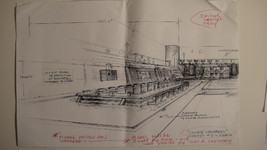
Initial set plans for Wing Commander IV's Assembly location.
The Assembly may vote to endorse executive actions ordered by the President; in 2654, the Assembly endorsed President Vasura's orders regarding threatened strikes against Pilgrim planets.
The phrase 'General Assembly' refers to the entire body. From there, the Assembly is divided into smaller committees which are responsible for specific aspects of governance. The Oversight Committee is The Assembly's main investigative committee. The Intelligence Committee oversees the Confederation intelligence community. Several committees oversee the Confederation military: the Readiness Committee is responsible for readiness, the Military Committee is responsible for deployment and the Armed Services Committee has legislative oversight over the entire military. The Committee on the Conduct of the War liaises with the Chief of Staff and the executive branch to provide oversight for strategic decisions during wartime. In the 2670s, the Defense Committee had oversight of the military's Strategic Readiness Agency. The Appropriations Committee is one of several appropriations committees which are responsible for directing the Confederation budget. The Confederation Navy is represented on the Appropriations Committee by a fleet board. In the early 2630s, Senator Jamison More was Chairman of the Appropriations Committee. Under his leadership, the senate moved to significantly reduce military spending. In summer 2630, the fleet board asked the Appropriations Committee for ten million credits to develop a Wildcat upgrade. Senator More locked the request in committee for three and a half years in a failed bid o have the upgrade facility or the Corsair factory assigned to Primus III. Committee chairmanship is not determined by the majority party; Senator More headed the Appropriations Committee despite his coalition being in the minority. The Ways and Means Committee is the Assembly's chief tax-writing committee.Sometimes referred to as the 'God Squad,' the committee had significant input over which programs are funded, which military bases are closed, which planets receive largesse, how much taxes are altered and who must paid them. Ways and Means is considered an especially prestigious assignment.
The Assembly passed a bill referred to as the Security Acts which relates to military classification. The Assembly identifies a topic being discussed on the floor as a "Subject in Consideration." These are numbered XX-XXXXX. The debate over declaring war on the Union of Border Worlds was 138-33954.
Following the initial 2681 Nephilim attacks, the General Asssembly conducted a series of hearings analyzing theories of Alien intent. Around the same time, Dr. Tanya Benbow addressed the General Assembly on the subject of alien toxicology issues. Transcripts of these sessions were classified level R-2.
The Assembly is responsible for approving at least two major military decorations, the Senatorial Star and the Senatorial Medal of Honor (also called the Terran Confederation Medal of Honor or the Pewter Planet.) Members of the Assembly may select two candidates for each class of the Terran Confederation Service Academy.
Variations of the Senatorial Medal of Honor/Pewter Planet
Biographical information about known Confederation Senators:
- Three of Admiral Tolwyn’s ancestors in the three prior generations were Senators.
- Senator Jamison More was a representative from Primus III and the leader of the Peace and Prosperity Coalition in the early 2630s. He was chairman of the Assembly Appropriations Committee and chiefly responsible for a move to significantly reduce military spending in the years leading up to the Kilrathi conflict. More was a candidate for President in 2634. He lost the election but retained his Assembly seat. His district was among the systems captured by the Kilrathi in their initial invasion of Confederation space, prompting him to become strongly pro-war beginning in 2634.
- Senator Pequin Gydideron was the Assembly Master as of 2654. They were killed in the 2654 Assembly bombing and replaced by Vice President Harold Rodham until a new election could be held.
- Nylatta Fabor was a Senator from Nephele in 2654. Born in 2634, she was the youngest woman ever elected from the planet. Fabor questioned Ivar Chu McDaniel on the floor of the Senate's temporary facility at the height of the Pilgrim crisis.
- Gorunga Sylboone was a senator representing the Pilgrim Enclave of Spiritia. Sylboone protested the plan to threaten Pilgrim worlds with annihilation to convince Amity Aristee to surrender the TCS Olympus. He was stunned by security and removed from the Assembly floor during the debate.
- The Lafayette system has at least two Assembly seats.
- Kendall Duparis was the senator from North Mars and an influential member of the Armed Services Committee in 2654. She was a tall, middle-aged blonde woman. She sparred with Commodore Geoffrey Tolwyn multiple times in her committee role.
- Senator James Taggart was a Federationist Senator representing Altair. Taggart, a war hero, was elected Assembly Master during his freshman term which included the 2673 constitutional crisis. Taggart was Master as of 2681, where he argued against increased cuts in defense spending.
- Governor Cavazos of the Sol System was a Senator. In 2680, he was Assembly Master.
- Senator Gaston Diego was the head of the Populist Party in 2681. He argued opposite Senator Taggart in favor of a 35% rollback of all military spending with 10% going to humanitarian programs and the remaining 25% to tax relief for the 2682 budget.
Gallery: The Great Assembly
Gallery: Senators
The Judicial Branch
The Judicial Branch is the least-explored aspect of the Confederation's government in the Wing Commander canon. The novelization of The Price of Freedom goes into some detail about the Admiralty Court and its role in Admiral Tolwyn's conspiracy and a variety of military trials appear in other stories.
Confederation courts do not typically have the ability to suspend the Articles of Confederation though they can be granted the right to do so by the Assembly. The Terran Confederation is a signee of the Geneva Convention defining the basic rights of wartime prisoners. In the first days of the 2673 crisis, the Admiralty Court ruled that the burgeoning Union of Border Worlds had rejected Confederation authority and were therefore not entitled to the privileges of citizenship. This meant that captured enemy combatants were considered ‘taken in arms’ as pirates or terrorists serving a rebel organization and that they thus had no right to due process or protection under the Geneva Convention. This legally allowed Colonel Seether’s summary execution of Border Worlds’ Lieutenant Kyle Lee.
The Confederation's Admiralty Court is a five-judge court originally responsible for resolving civilian shipping-related disputes. The Admiralty Court is located at Jupiter Station on Titan in the Sol System. While the court technically had jurisdiction over naval matters it was rarely utilized. This changed in 2669 with the passage of Emergency Decree 242 which gave military authorities extraordinary powers. The decree had been intended to allow the military extraordinary powers to address the crisis that followed the Battle of Earth but was not withdrawn after the war. Under Judge Admiral Elsa Harnett, the Admiralty Court aligned itself with Admiral Tolwyn’s post-war conspiracy attempt, issuing Section 212 of the Admiralty Court Directives to indict and remove officers like Captain William Eisen who were not willing to support the coup. Harnett ultimately committed suicide and was replaced by another judge in 2673 who oversaw Tolwyn's trial in the same court. The Admiralty Court found him guilty of conspiracy to commit genocide against Telamon and fifteen lesser felonies, senticing him to life in prison. Tolwyn was also tried in the Assembly, where he was sentenced to die.
The War Powers Act gave the military the ability to speed up court martials and even hold them aboard ships. Zach Colson was tried and sentenced to execution aboard the TCS Centurion in 2667. A military court martial features three judges.
Gallery: Testimony at Tolwyn's Assembly Trial
Gallery: Media and Observers at Tolwyn's Assembly Trial
Local Governments
Individual member states retain their own governments and as a result there is no single type of local Confederation government or single process for choosing a representative for the Assembly. Leaders of individual regions may hold a variety of titles ranging from President to Governor, with the latter being especially common. Planetary Governors sometimes nominated themselves to the Assembly. Governor Cavazos of the Sol System also represented in the Assembly in the 2680s. As President of the Landreich System, Max Kruger was technically his system's Assembly representative (the Landreich had declared independence, this legal technicality kept him from being prosecuted for munity.) Representative Joshua Irium was the outspoken and controversial grassroots leader of the Acadia System who argued that his district's resources should not be used to repair more coreward regions impacted by the Nephilim invasion. Governor Milam Weir was the leader of of the Hellespont, a region heavily impacted by the Nephilim. The Confederation does assign governorships to colonial areas that are not under the direct control of a member state. These governors usually oversee multiple star systems. Governor Meshach was the governor of the Gemini Sector in 2654 whose administration fell apart following a scandal involving the sale of Talon fighters to Church of Man radicals. The Gemini Sector had a Commerce Department that oversaw its Merchants' Guild until the breakdown of the central government. Individual base leaders took power after the Meshach administration failed. The Confederation governor of the Free Republic of the Landreich was deposed when the state declared independence in the 2650s.
Paths Not Taken
The Terran Confederation wasn't always a representative democracy; in fact, it almost wasn't the Terran Confederation at all! The 1990 "Squadron" pitch that sold Origin Systems on the game imagined a very different political setup: an amoral Empire of Humanity opposing a Kilrathi force overseen by a Supreme General. The concept was ultimately softened to make sure players felt they were the 'good guys,' though the idea of questioning the morality of the Confederation's orders was heavily revisited in Wing Commander IV.
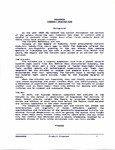
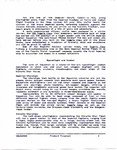
Universal's Wing Commander Academy television series also imagined a different setup for the Confederation. The series bible imagined a legislature called the Terran Confederation Congress made up of "voting members from all the self-governing planets." The Congress was said to have elected a Confederation Council from its members to serve as the cabinet for the Council President (here the executive officer of the Confederation.) Cadet Blair's grandmother would be a member of the Confederation Council and his father a chairman of an anti-war organization called StarPeace. None of this material made it to the final series, leaving it non-canon (with the exception of the existence of the Terra Station arcology which was mentioned in the series' press kit.)
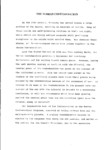
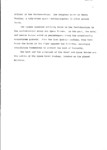
Privateer Online aimed to explore local governments as a way to keep its map more interesting. The Confederation would remain the overarching human government but individual planets would have a strong variety of options. The game imagined populating the universe with human planets with many types of governments; anarchy, corporate, democracy, envirochy, monarchy, oligarchy, republic, theocracy and totalitarian were planned for the pitch. Different worlds would also have different tech levels: Level One would be frontier planets, Level Two would be industrial planets and Level Three would be post-industrial homeworlds. The tech levels would impact what resources were available and what commodities a given planet might be interested in.
Bonus Gallery: Tolwyn & Blair Argue in the Assembly







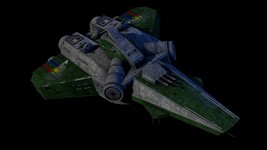
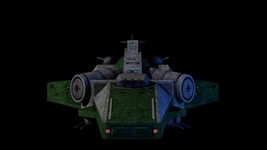


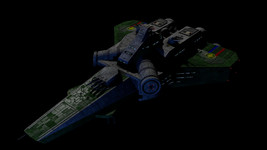

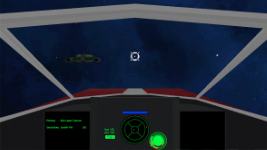

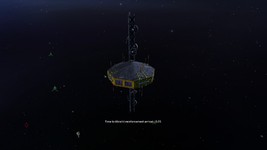
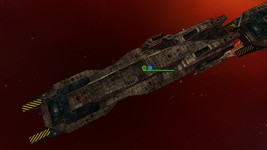
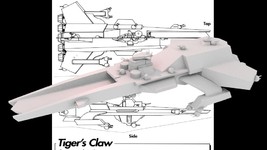
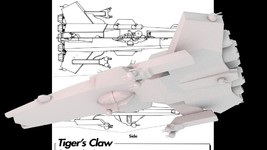
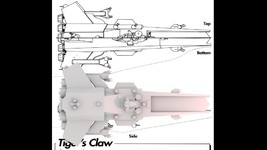
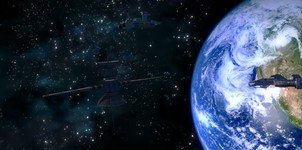




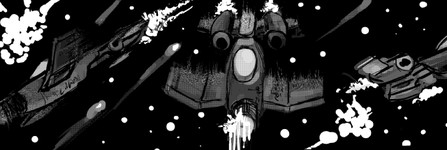
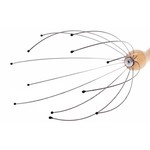

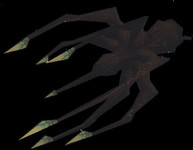
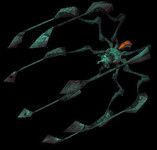

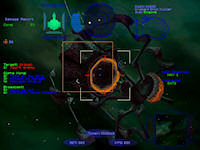

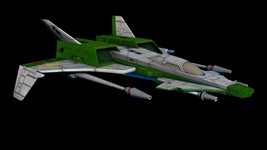

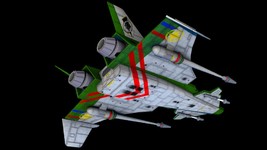
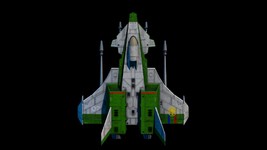






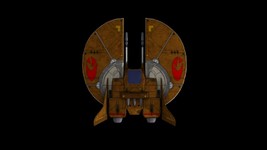
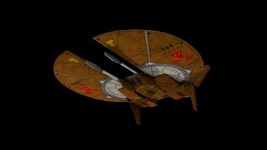


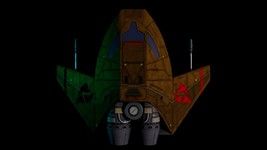
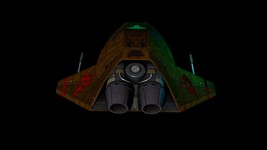
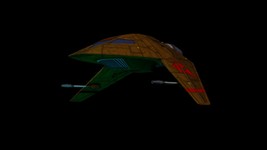
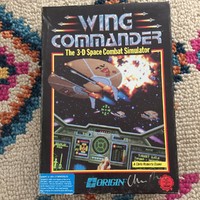

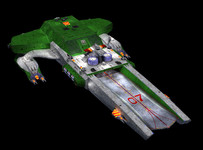


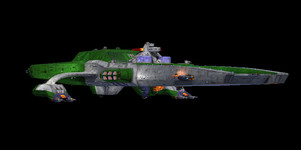
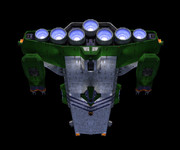
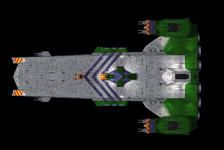

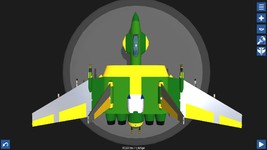

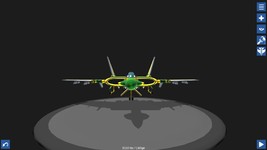
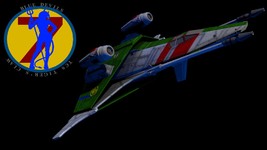

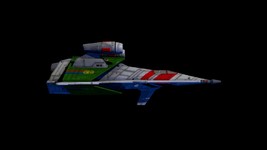
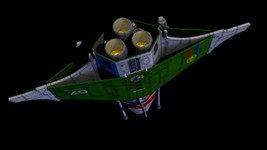

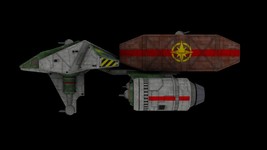
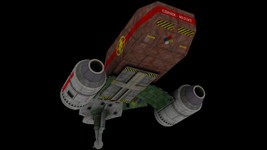
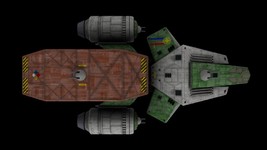
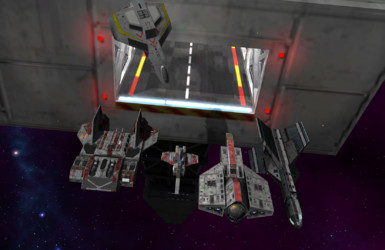
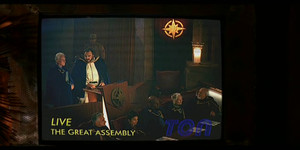
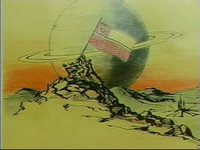

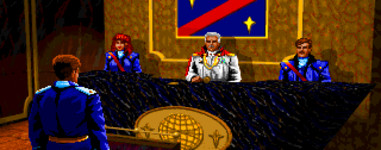
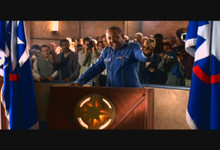
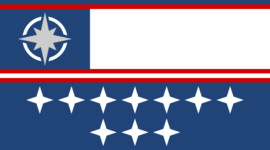
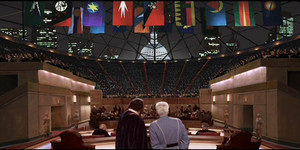
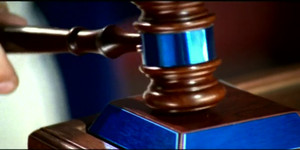
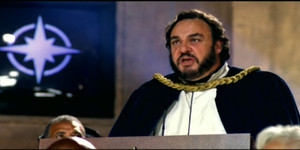

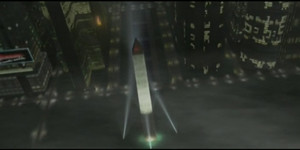
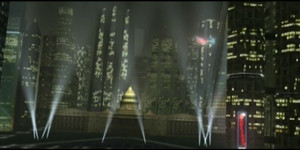
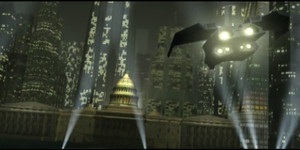



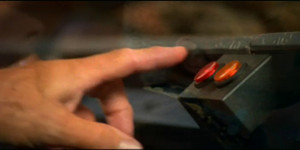
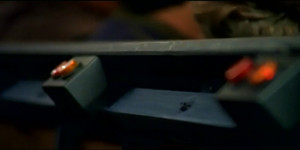


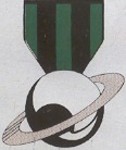
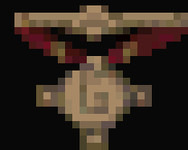

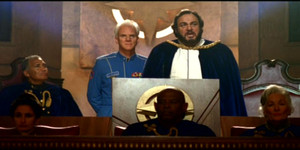
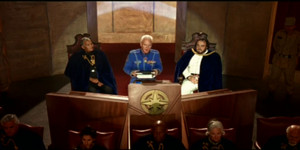

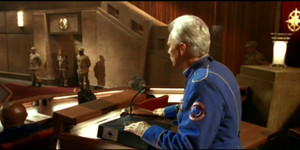
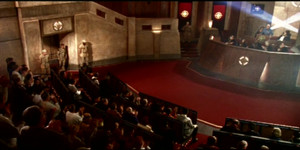
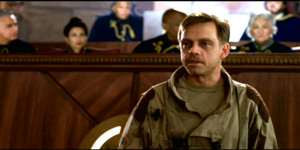
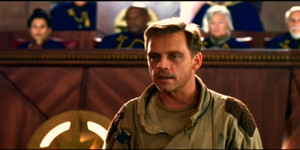
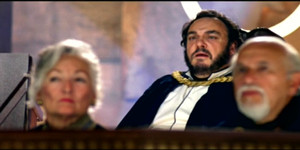

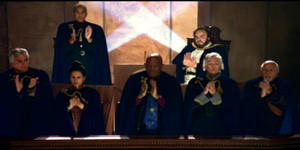
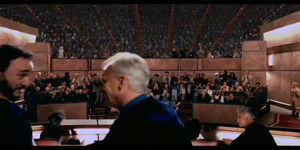
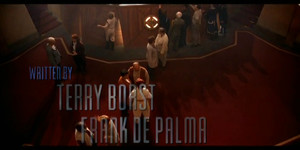

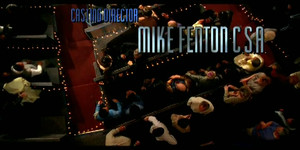
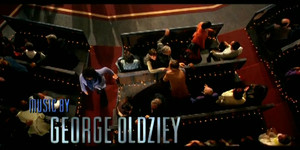
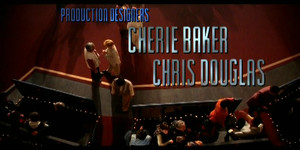
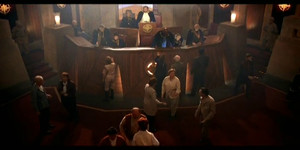
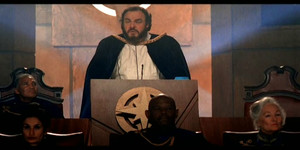
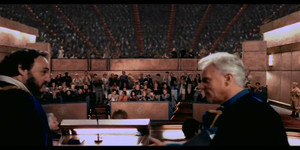
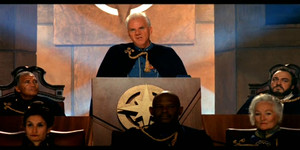
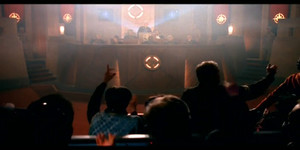

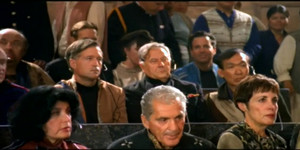
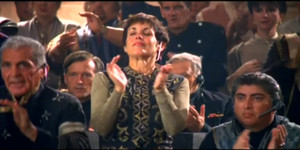
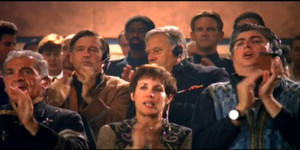
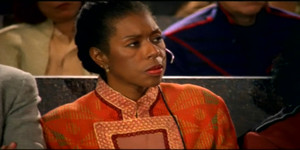
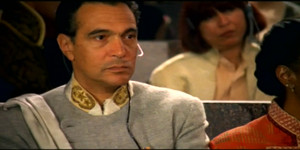
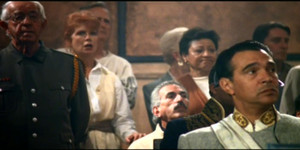
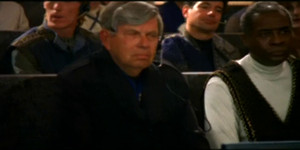
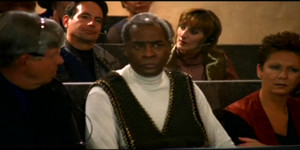
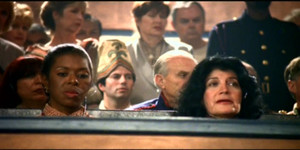
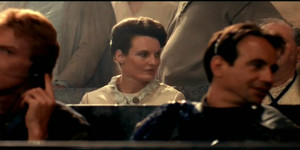
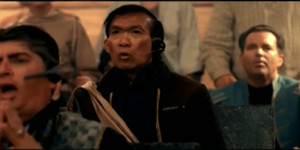
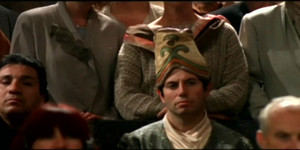
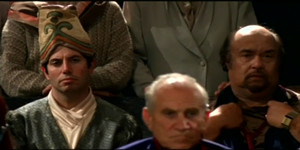
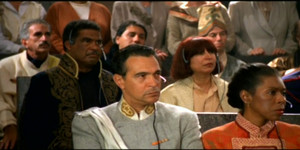
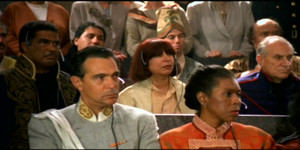

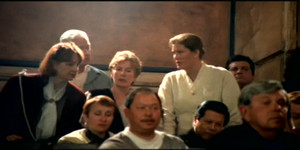

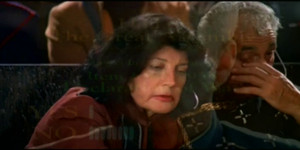
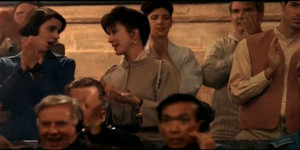
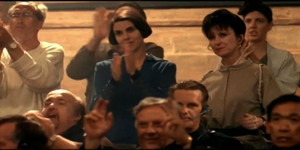
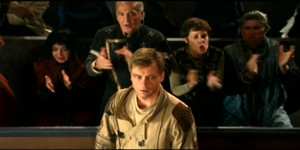
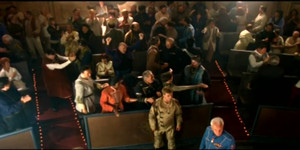
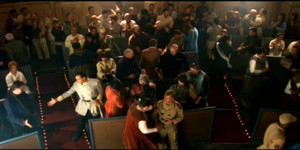
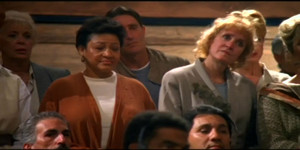
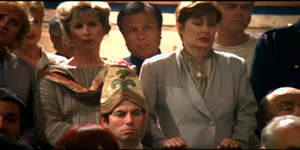
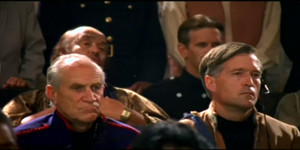
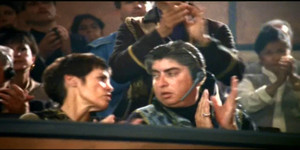
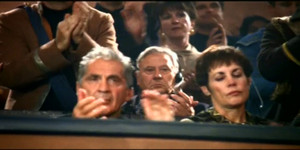
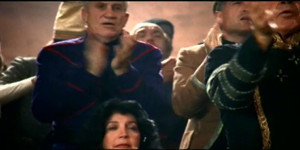
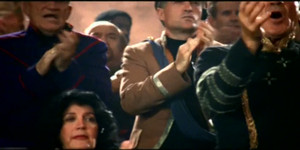
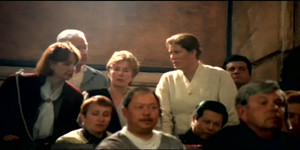

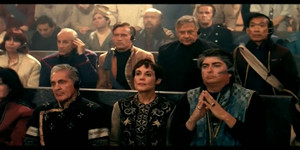
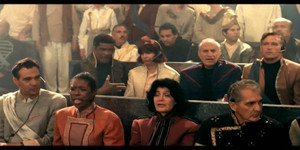
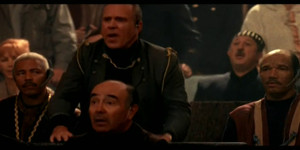

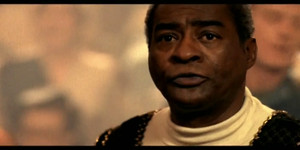



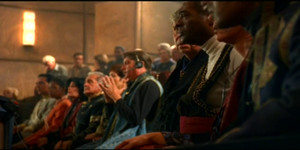
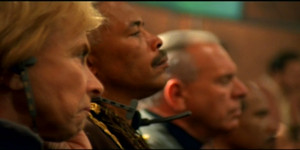
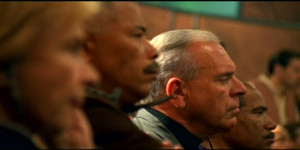
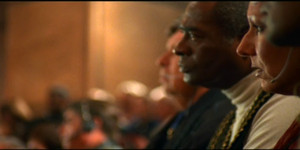
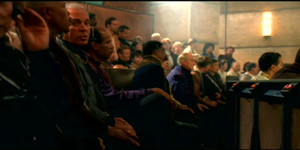
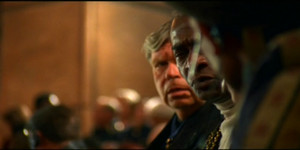
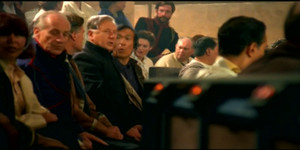

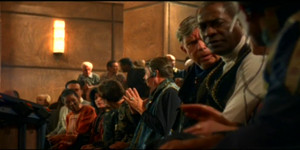
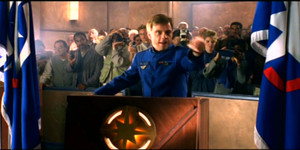
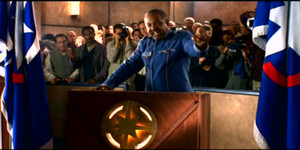
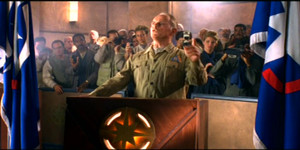
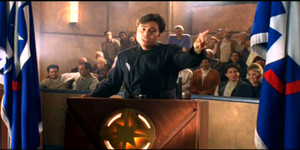

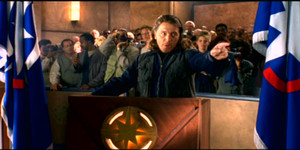
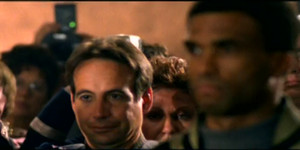
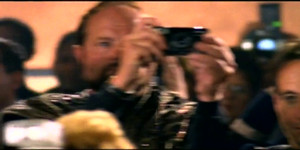
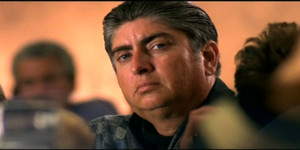
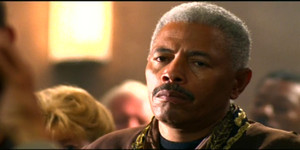
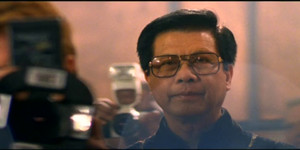
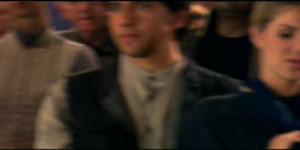


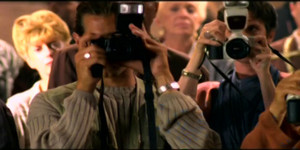

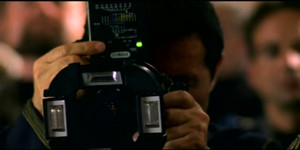




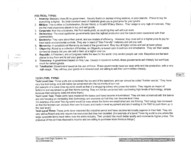
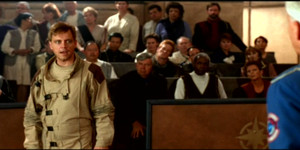
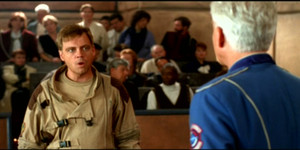
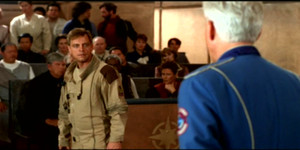
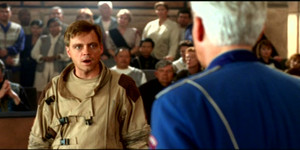
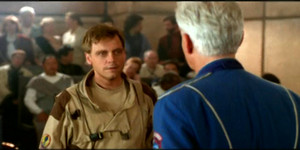
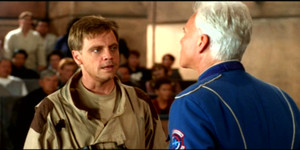
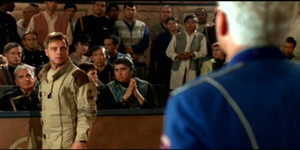
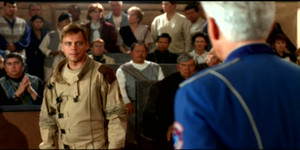
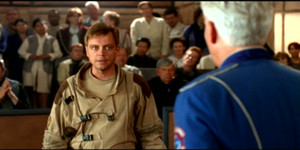

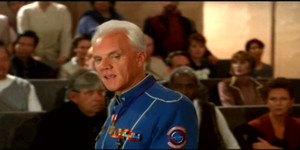
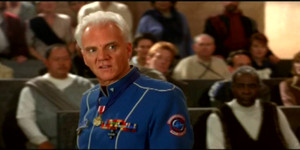


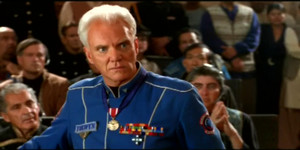
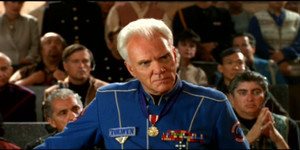

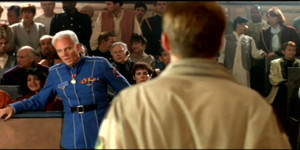
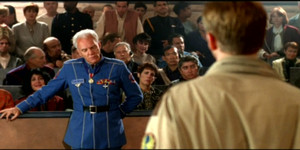
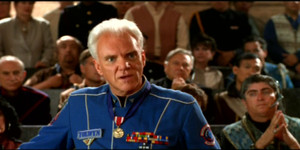
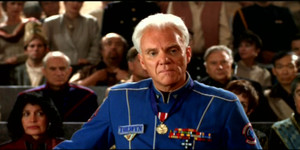
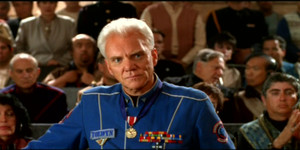
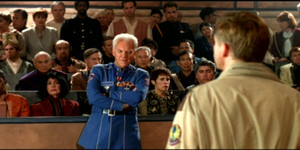
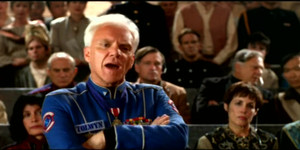

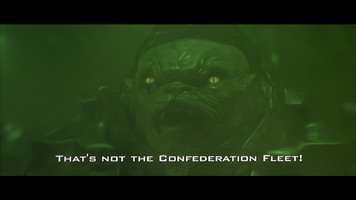




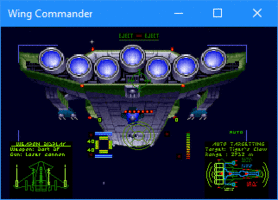
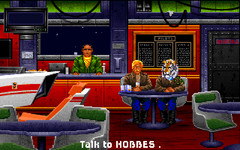
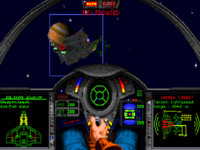

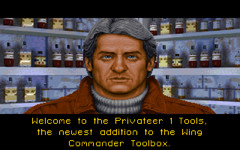
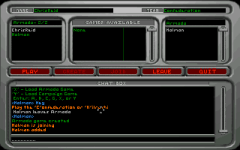
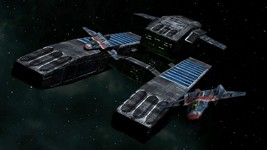


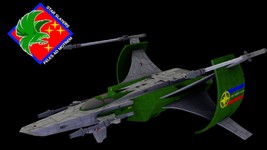
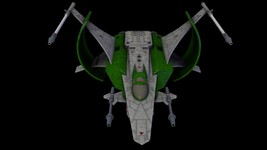
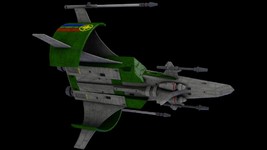
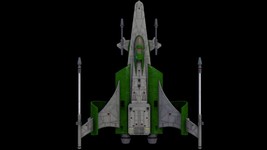
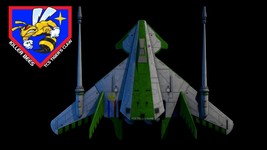
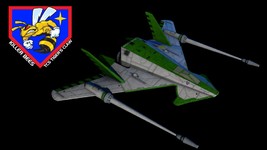


Follow or Contact Us